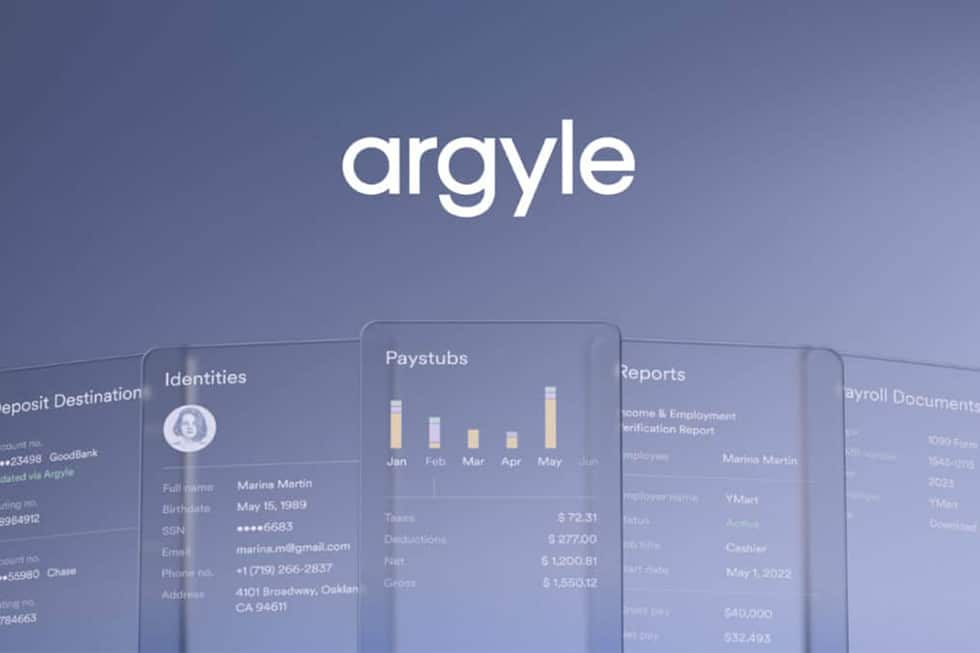Editor’s Note: This pandemic is changing and shaping our lives in so many new ways. For public relations professionals and journalists now thrust into WFH (work from home) status, the news and stories all seem to revolve around COVID-19. We wanted to know just how much has changed – so we sat down with Jim Pavia, Money Editor for CNBC Digital, one of the most trusted resources for personal finance, investing and financial news.
As a financial PR firm working with clients all across the fintech, financial and technology spectrum, why not ask a respected source what he thought? Jim always comes strong with tips and opinions to PR professionals on the do’s and don’ts to help make that perfect pitch. The answers below may surprise you, will definitely cause a laugh or two, and ultimately, bring to light that while change is good – a great story always needs to be told.

What has it been like managing a team of reporters from your kitchen?
The toughest part of this has been the loss of direct interaction with reporters and editors. When you work in a newsroom setting, it’s all about constant communication – not just with your own team but the other editorial teams as well. You share ideas, bounce story angles, etc., and it’s immediate. I feel isolated working at my kitchen table. We conduct daily video meetings of course, but it’s a very different feel. I am a talker, so I find myself yelling at the TV or the computer screen as stories break or as crazy stuff is happening in the markets. My dog gets nervous and thinks I am yelling at her.
Give us your best/funniest WFH story from you or someone on your team.
While one of the editors was on a video call with the team, he was giving us a gloom and doom health story update on the number of deaths and his black cat literally walked across the screen at that very moment. We all nervously laughed and said, “Well that doesn’t seem like a good omen.”
Not our story – but there was a Zoom meeting that went viral when a woman walked her laptop to the bathroom, pulled down her pants and sat on the toilet not realizing everyone on the call could see everything. The look of shock on the attendee’s faces was priceless.
Do you think the newsroom or style of how news is reported will shift post COVID?
I believe this disruption has caused the media, as well as any business model, to rethink the way work gets done. As for CNBC, our digital news teams have all worked from home since early March and productivity has actually increased. By that I mean the number of stories we write out each day and the increase in reader page views, etc. The analytics have shown a serious increase in those areas, unique visitors and total page views.
I think this proves that with the proper technology, for the most part, many of us can do our jobs remotely. Even the TV shows are being done remotely and guests are in their homes as well.
The impact will change where we report the news and how we connect – via Zoom, Slack, Microsoft Teams, etc.
I think companies will create a more robust work from home policy, perhaps one or two office days and three days from home. Also, I think large meetings will never happen again – the focus will be on video conferencing inside the office as well.
Pitch good topics, respect the time and pressure journalists are under, make sure your pitch is relevant.
Can stories be pitched without a COVID angle? E.G. a personal finance product launch/new app, etc.?
Yes. We have seen a settling down of audience interest in actual COVID-19 health stories – now the focus is on the economy, PPP loans, and unemployment.
But I think there’s always a need for stories beyond COVID-19 because the audience wants and will always need well-rounded news coverage. We all still have to stay informed about election coverage, for instance, as well as overall personal finance stories that have an impact on our lives. Some stories may not be super sexy, per se, but those in the trenches of personal finance stories are key to everyday people who need direction on what to do with their money.
What is the oddest pandemic related pitch you’ve received?
That’s a loaded question. Every PR professional seems to just keep blasting stuff out and trying to come up with a “unique” angle. But to date, the pitch I found oddly interesting was that there is a huge demand for sympathy cards and the card makers cannot keep up with the demand. It wasn’t a personal finance pitch, but I got it anyway, of course: The old spray and pray approach (not a recommended approach for PR people).
Here’s the bottom line: It was sad because people cannot attend a funeral in person now, so they are turning to send sympathy cards with a personal handwritten note. As I said, this is odd because it was something I would have never considered.
What are your predictions on hot trends we might see on CNBC Digital news topics once the economy opens up?

Jim’s dog Goldie, hard at work in the at-home newsroom
I think we will be looking for stories based on the disruption that has taken place and it’s a short and long-term impact. Media outlets, not just CNBC, will most likely look at post-mortem type stories – what happened, what could have been handled better, what did we learn from all this?
What new strategies should PR professionals be incorporating into pitches given the pandemic?
I am not sure they are new strategies. I think PR folks should just keep looking to provide good, smart ideas to media. The pandemic aside, PR people need to know who they are pitching to, make sure it’s relevant to the reporter/editor they are pitching (and by that, I mean it’s actually in their area of coverage).
The pandemic created a frenzy of activity where everyone was trying to find a way to be heard or seen. I am sure every PR person was as stressed as every journalist to make sure they didn’t miss an opportunity to be a part of a big story. While the pandemic was (and still is) a huge story, the actual work and connection to media remain the same: Pitch good topics, respect the time and pressure journalists are under, make sure your pitch is relevant, related story ideas, and make sure your sources being pitched are a good fit.
Photo Credit: Adam Jeffery, CNBC





